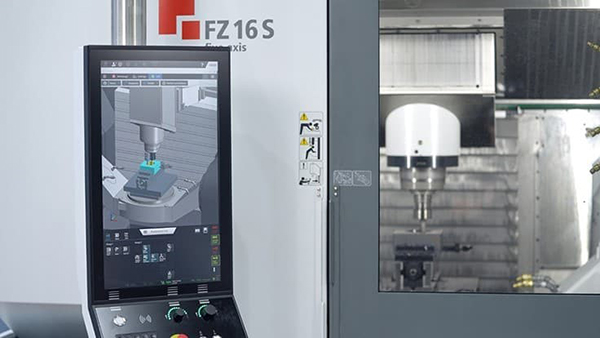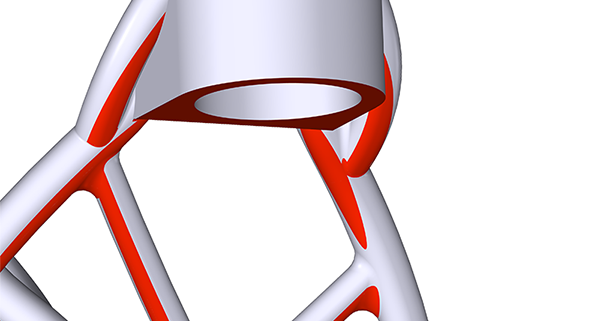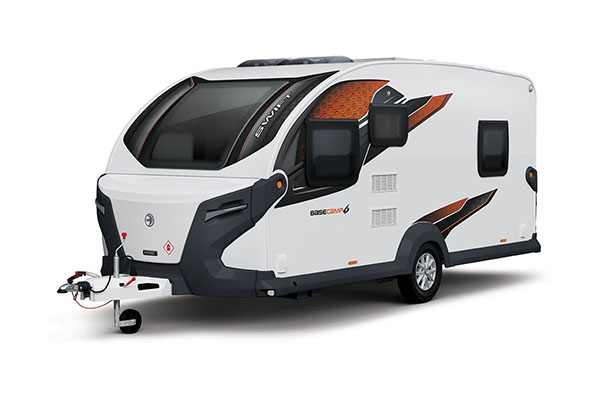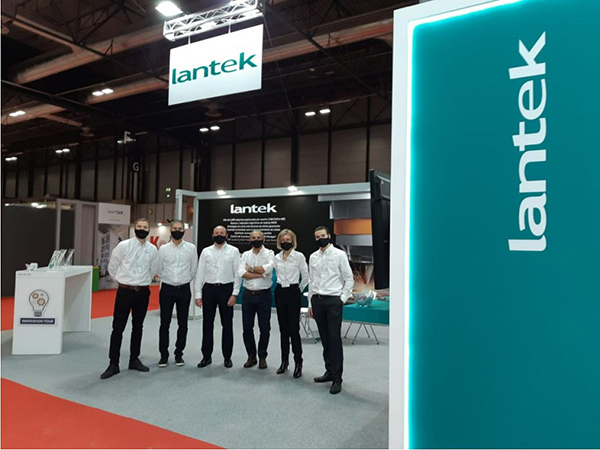
Umati was on display at the EMO Milano 2021 exhibition last October, connecting up more than 50 machines from all over the world, almost half of them remotely. The presentation was part of an international programme staged by the VDW to promote the ‘world language of production’.
“After making our first appearance over two years ago in Hanover, we were delighted to be back in a face-to-face setting – and with such an impressive demonstration,” said Dr Heinz-Jürgen Prokop (pictured), chairman of the VDW. In his status report, he emphasised: “The most important milestone in the development of the OPC-UA Interface for Machine Tools was the publication of the specification just over one year ago. It is now available free of charge worldwide, meaning that all companies that manufacture, use or offer software for machine tools can now develop and refine their products based on this specification.”
The Machine Tool Group is contributing to the development of this harmonised specification. Above all, it ensures the standardisation of a certain set of data relevant to the entire mechanical and plant engineering sector. The first step concerns the identification of the machine. In terms of digital nameplates, the type of machine is basically irrelevant. All machines have a manufacturer, serial number, date of manufacture, date of acquisition, location and so on.
Thanks to OPC UA for Machinery, technology-specific specifications now no longer have to worry about identification but can concentrate fully on rendering the relevant technology-specific data. The next step in development involves harmonising the operating states of machines, as these too could be used at a higher, more universal level.
Umati currently has almost 200 partners.
For further information
www.umati.org























